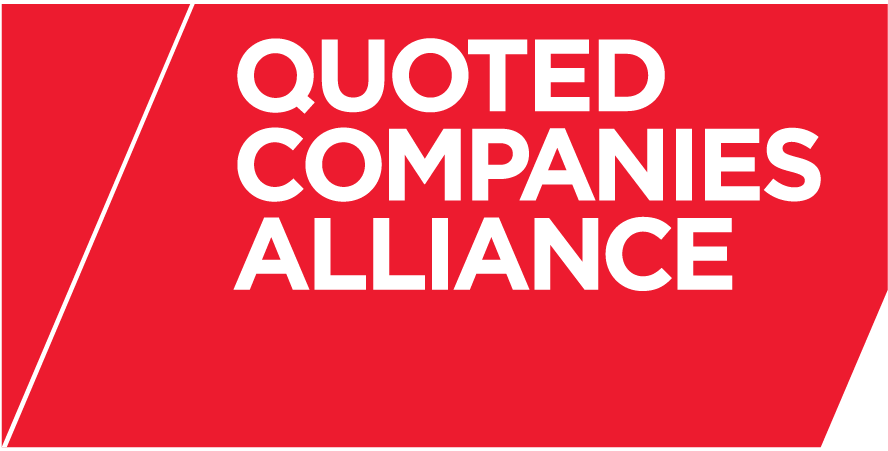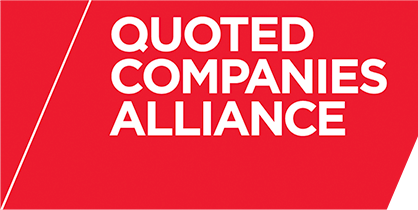Summary and implication
Capital Gains Tax (CGT) is payable on the gain made when an individual sells a capital asset. For higher rate taxpayers it is payable at a rate of 28 per cent of the gain. However, in certain circumstances where an individual makes a "qualifying business disposal", entrepreneurs' relief can reduce the rate to 10 per cent. Key elements of the relief, dealt with in more detail below in this briefing, are:
- The "qualifying business disposal" can be a disposal of:
(a) Whole or part of a commercial business
(b) Shares or securities in a company
(c) Certain business assets of a company that has ceased trading
(d) Personally-owned assets used in a business
- The reduced rate is 10 per cent: and
- There is a lifetime limit of £5 of qualifying business disposals.
1. Whole or part of a business
a) A disposal of the whole or part of a business as a going concern will qualify for the relief. The business must have been owned by the individual, as a sole trader or in a partnership, for a period of one year before the disposal.
b) This will include disposals by sole traders converting to a partnership or part disposals by existing partners when a new partner joins a partnership.
c) Any investment assets (including shares and securities) held by the business will not qualify for the relief.
d)A "business" can be any trade, profession or vocation conducted on a commercial basis with the view to making a profit. The sale of a single asset is unlikely to qualify here.
2. Shares or securities in a company
- A disposal of shares or securities (including debentures) in a company will qualify for the relief where for a period of one year before disposal:
(a) The company is a trading company (or the holding company of a trading group).
(b)The individual holds at least five per cent of the ordinary share capital and exercises at least five per cent of the voting rights of the company.
(c) The individual is a full or part time officer or employee of the company or of a member of the company's trading group.
- The disposal of assets used for the purposes of a business within three years of the business ceasing to trade, will qualify where the business has been owned by the individual for one year before the date on which the company ceased trading.
- Relief may also apply to disposals of shares or securities within three years of a company ceasing to trade.
3. Certain business assets of a company that has ceased trading
- The disposal of assets used for the purposes of a business within three years of the business ceasing to trade, will qualify where the business has been owned by the individual for one year before the date on which the company ceased trading.
- Assets that were held for investment purposes (including shares and securities) and assets that were not used for the purposes of the business are excluded.
4. Associated personally-owned assets used in a business
- The relief can also apply where a partner or a shareholder disposes of a personally-owned asset that was used by a partnership or company for the purposes of its business.
5. More detail
Amount of relief
Despite the recent rise in capital gains tax for higher rate income taxpayers to 28 per cent, the application of entrepreneurs' relief to a qualifying business disposal will reduce the rate of tax payable to 10 per cent, subject to the lifetime limit not being exceeded. The tax rate payable is 10 per cent.
Lifetime limit of £5m
The lifetime limit was increased to £5m worth of disposals for gains realised on or after 23 June 2010. The lifetime limit was previously £2m for gains realised on or after 6 April 2010. Before that, from 6 April 2008, the lifetime limit was £1m. Gains realised by individuals exceeding these limits are subject to capital gains tax at the prevailing rate.The lifetime limit is now £5m.
The entrepreneur must claim
Entrepreneurs' relief does not apply automatically but must be claimed on an individual's tax return. The claim must be made on or before the first anniversary of the 31 January following the tax year in which the qualifying business disposal was made.
Reorganisations
The interaction of entrepreneurs' relief with share for share or share for loan note exchanges is complicated. Provided certain conditions are met, a shareholder will not be treated as having made a disposal on an exchange, deferring any capital gains tax liability until the disposal of the shares or loan notes received in exchange. If the application of entrepreneur's relief would result in a better tax result, it is possible to make an election to trigger a disposal on the exchange.
EIS Deferral Relief
From 23 June 2010, it is no longer possible for an individual to defer a gain which qualified for entrepreneurs' relief into EIS shares and then claim entrepreneur's relief when the EIS shares are disposed of.
Structuring shareholdings
It may be possible to arrange for a company's shareholdings to be structured so that as many shareholders as possible can benefit from entrepreneurs' relief.
If you have any questions or want to find out more, please contact Nabarro.

